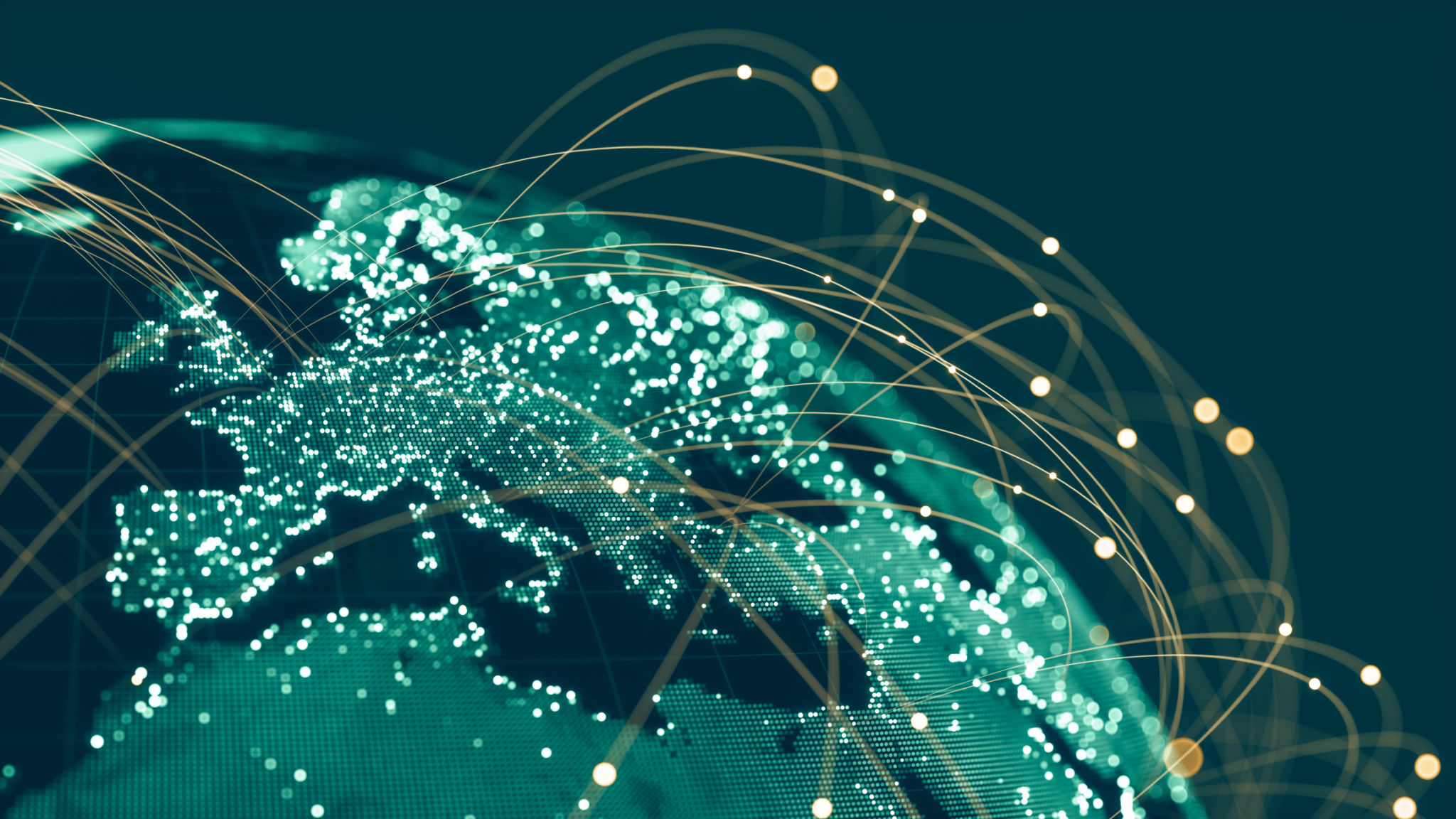Web3 Technologies: The Future of Sustainable Development
Understanding Web3 Technologies
The evolution of the internet has brought us to the verge of a revolutionary phase known as Web3. Unlike its predecessors, Web3 technologies aim to decentralize and democratize the digital landscape, placing power back into the hands of users. By leveraging blockchain, smart contracts, and decentralized applications (dApps), Web3 is poised to transform various industries, including sustainable development.
In essence, Web3 represents a shift from centralized control to a network-driven approach where transparency and security are paramount. This transition holds significant promise for enhancing sustainable development practices by enabling more efficient resource management and fostering inclusive economic systems.

The Role of Blockchain in Sustainability
Blockchain technology serves as the backbone of Web3, offering a secure and transparent way to record transactions. This immutable ledger can play a crucial role in sustainability by ensuring traceability in supply chains, reducing fraud, and increasing accountability. By providing verifiable data on resource usage and emissions, blockchain facilitates more informed decision-making for businesses aiming to minimize their environmental impact.
For instance, companies can use blockchain to track the provenance of raw materials, ensuring they are sourced sustainably. Additionally, carbon credits can be tokenized on blockchain platforms, making it easier to trade and verify carbon offsets, thus promoting environmental responsibility.

Smart Contracts and Their Impact
Smart contracts are self-executing contracts with the terms of the agreement written into code. These contracts eliminate the need for intermediaries, reducing costs and increasing efficiency. In sustainable development, smart contracts can automate processes like energy distribution and water management, leading to more effective resource utilization.
By enabling peer-to-peer energy trading through smart contracts, communities can optimize their energy consumption and reduce reliance on centralized power grids. This not only lowers costs but also supports the transition to renewable energy sources.
Decentralized Applications for Inclusive Growth
Decentralized applications, or dApps, are built on blockchain technology and operate without central control. They offer innovative solutions for sustainable development by promoting transparency and inclusivity. For example, dApps can facilitate micro-lending in underserved communities, providing access to financial resources for individuals who lack traditional banking services.
Moreover, dApps can empower local communities by enabling them to manage their resources collaboratively. This collective approach can lead to more resilient and self-sufficient communities, contributing positively to social and economic sustainability.

Challenges and Opportunities
While the potential of Web3 technologies in sustainable development is significant, several challenges must be addressed. These include scalability issues, high energy consumption associated with certain blockchain networks, and regulatory hurdles. However, these challenges also present opportunities for innovation.
For instance, the development of more energy-efficient consensus mechanisms can mitigate environmental concerns. Similarly, proactive collaboration between policymakers and tech innovators can create a conducive environment for Web3 technologies to thrive sustainably.
The Future of Sustainable Development with Web3
The integration of Web3 technologies in sustainable development represents a paradigm shift towards a more equitable and transparent future. As these technologies continue to evolve, they offer a promising toolkit for tackling some of the world's most pressing environmental and social challenges.
By embracing Web3, stakeholders in sustainable development can leverage these advancements to create systems that not only protect our planet but also empower its people. The journey towards sustainability is complex, but with Web3, it becomes a collaborative effort where every participant has a voice and a stake in shaping the future.

